10 Most Dangerous Beaches In America

Beaches are often seen as places of relaxation and fun, but some American shorelines hide deadly secrets. From powerful rip currents to shark-infested waters, certain coastal areas pose serious risks to visitors.
I’ve researched the most treacherous beaches across the country where beauty masks danger, and knowing which ones to approach with caution could literally save your life.
1. New Smyrna Beach, Florida

Nicknamed the “Shark Attack Capital of the World,” this Florida hotspot records more shark incidents per square mile than anywhere else. The murky waters near Ponce Inlet create perfect hunting conditions for sharks that mistake swimmers for fish.
Most attacks here involve smaller blacktip and spinner sharks, resulting in bite-and-release incidents rather than fatal encounters. Still, I’ve learned that surfers are particularly vulnerable when paddling out or falling near sandbars.
2. Hanakapiai Beach, Hawaii
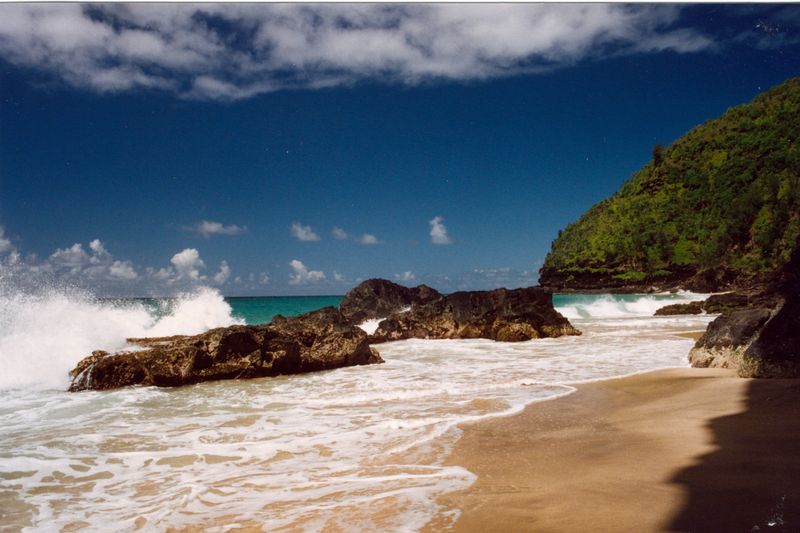
Hidden along Kauai’s Na Pali Coast, this deceptively beautiful beach has claimed over 80 lives. Powerful rip currents and massive winter swells create treacherous swimming conditions year-round.
Warning signs displaying death counts greet hikers who complete the challenging 2-mile trail to reach this remote shore. During winter months, waves can reach 15 feet high without warning. Many visitors don’t realize that no lifeguards patrol this isolated stretch, leaving swimmers completely on their own if trouble strikes.
3. Mavericks Beach, California

Famous for its monster waves that can tower over 60 feet high, Mavericks isn’t your typical sunbathing destination. Professional surfers travel worldwide to challenge these legendary swells, but several have lost their lives attempting to conquer them.
Jagged rocks lurk beneath the surface, ready to slam unsuspecting swimmers. Cold water temperatures hovering around 50°F can trigger hypothermia within minutes. Even experienced watermen respect the raw power of this Northern California break that has earned its reputation as one of America’s most intimidating coastal spots.
4. Kilauea, Hawaii
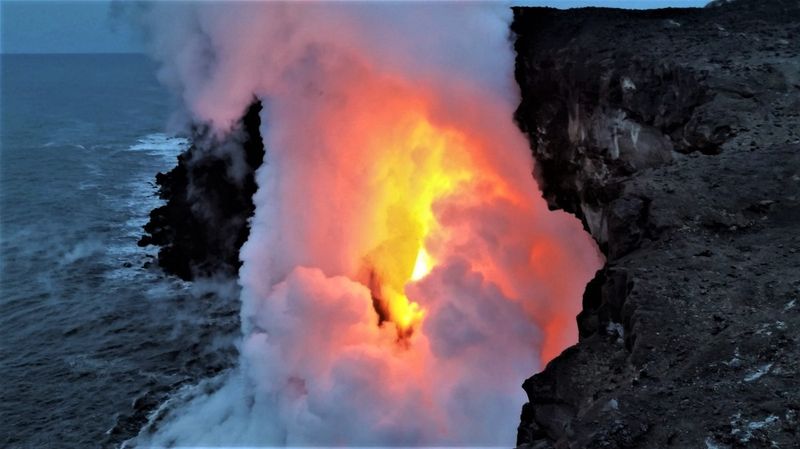
Where else can you find a beach that might literally disappear beneath your feet? Kilauea’s volcanic shores feature black sand beaches created by cooling lava, with some areas still actively forming.
Toxic gases, sudden bench collapses, and scalding water temperatures make this an unpredictable destination. In 1993, a massive shore collapse swallowed visitors without warning. The acidic water can cause severe chemical burns, while steam explosions occur when fresh lava meets seawater, sending molten rock fragments flying through the air.
5. Cape Cod, Massachusetts

Great white sharks have made a dramatic comeback along Cape Cod’s shores, transforming this vacation paradise into a hotspot for dangerous marine encounters. The growing seal population attracts these apex predators close to popular swimming areas.
Several serious attacks have occurred since 2012, including a fatal incident in 2018 – Massachusetts’ first shark-related death in over 80 years. Visibility in these Atlantic waters is often poor, making it nearly impossible to spot approaching sharks. Lifeguards now fly purple flags to warn beachgoers when sharks are detected nearby.
6. Sandy Beach, Hawaii
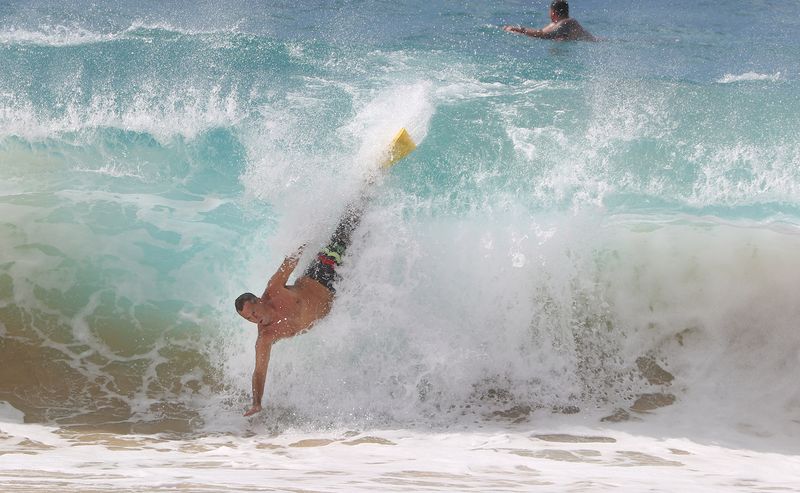
Don’t let the inviting name fool you – this Oahu shore break produces some of the most powerful and dangerous waves in Hawaii. The steep underwater slope creates intense shorebreak waves that slam directly onto shallow sand.
Locals call it “Break-Neck Beach” for good reason – more spinal cord injuries happen here than at any other Hawaiian beach. Experienced bodyboarders might navigate these conditions, but tourists often underestimate the risks. The waves look smaller from shore than they actually are, leading many visitors into trouble when they’re suddenly caught in crushing surf.
7. Huntington Beach, California
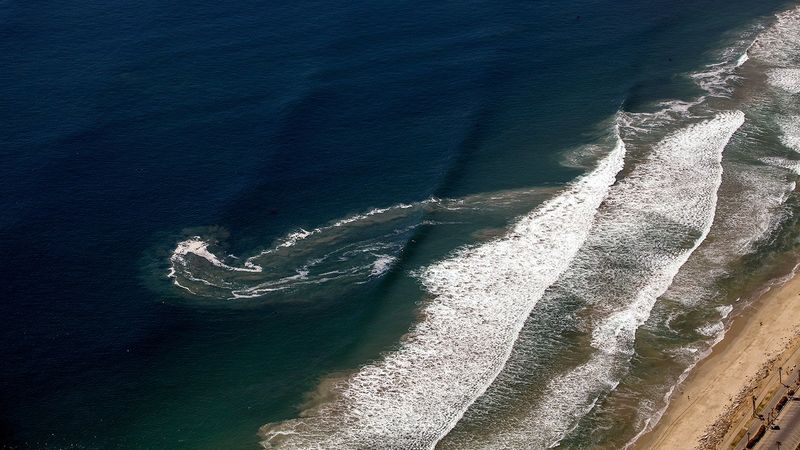
Surf City USA attracts millions of visitors yearly, but its powerful rip currents make it one of California’s most hazardous swimming spots. Lifeguards perform thousands of rescues annually at this popular destination.
The beach’s unique underwater topography creates perfect conditions for rip currents that can pull swimmers hundreds of yards offshore in minutes. Water pollution presents another hidden danger, especially after rainstorms when runoff contaminates the surf. Despite the risks, the beach’s popularity means crowded conditions that sometimes delay rescues during peak summer days.
8. Panama City Beach, Florida
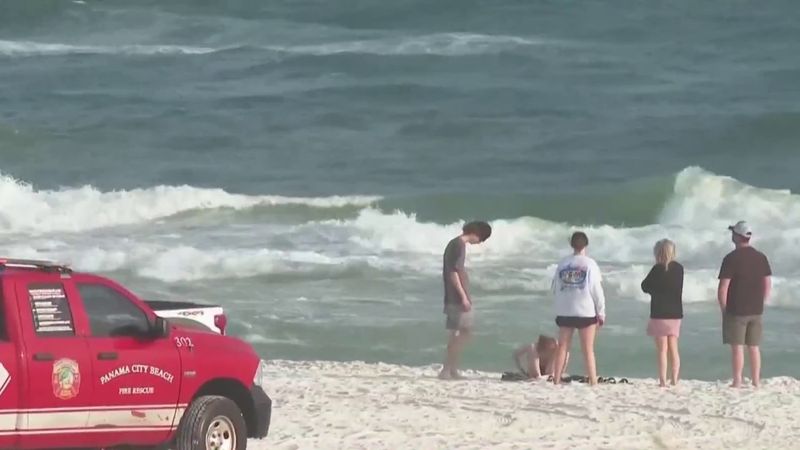
Spring break revelry masks the serious dangers lurking at this Gulf Coast party destination. Powerful rip currents form unpredictably along these white sandy shores, especially when flags warn of hazardous conditions.
Many drownings here involve tourists who ignore warning flags or swim while intoxicated. During rough conditions, double red flags prohibit water entry entirely, yet enforcement remains challenging. The beach’s popularity creates a false sense of security, with visitors assuming such a famous destination must be safe despite clear warnings to the contrary.
9. Bolinas Beach, California
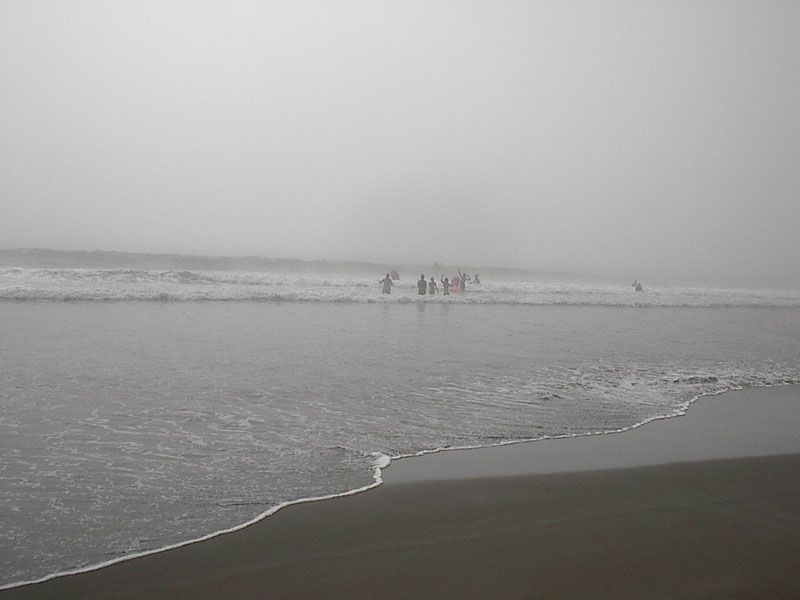
Locals famously remove road signs pointing to this Northern California beach, but it’s not just to deter tourists – they’re potentially saving lives. Great white sharks patrol these waters year-round due to the nearby elephant seal colony.
Frigid water temperatures averaging 50-55°F can quickly lead to hypothermia even in summer months. Heavy fog often rolls in without warning, disorienting swimmers and making rescues extremely difficult. The beach’s remote location means emergency response times are dangerously long, with the nearest hospital over 30 minutes away.
10. Deerfield Beach, Florida

Picture-perfect palm trees line this Atlantic shoreline, but dangerous rip currents and lightning strikes make it one of Florida’s deadliest beaches. The underwater geography creates particularly strong lateral currents that can sweep swimmers far from their entry point.
Florida leads the nation in lightning fatalities, and Deerfield’s wide-open shoreline offers little shelter during sudden thunderstorms. Many visitors don’t realize how quickly storms develop here, often going from sunny skies to dangerous lightning in minutes. The beach’s popularity with tourists unfamiliar with ocean conditions compounds these natural hazards.
